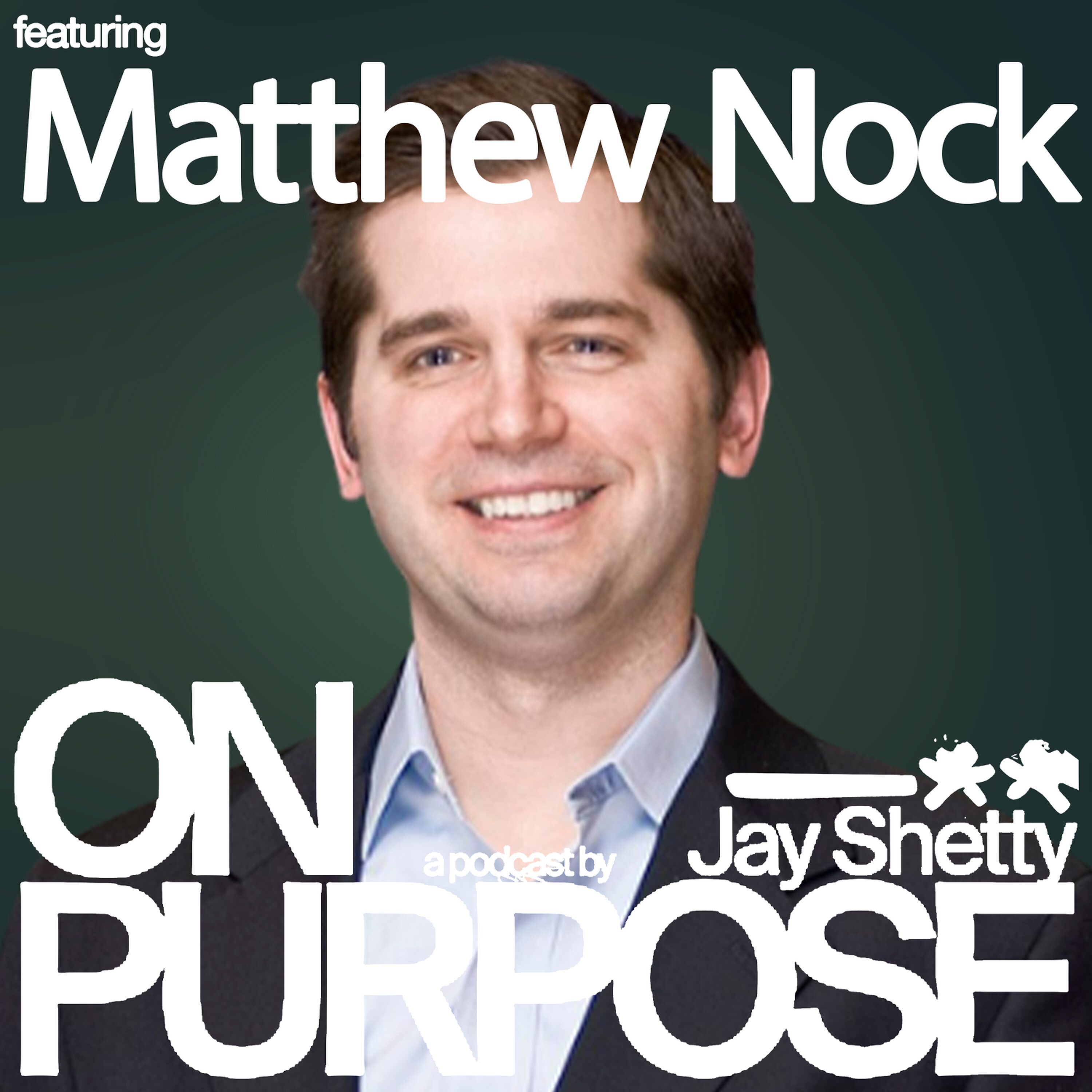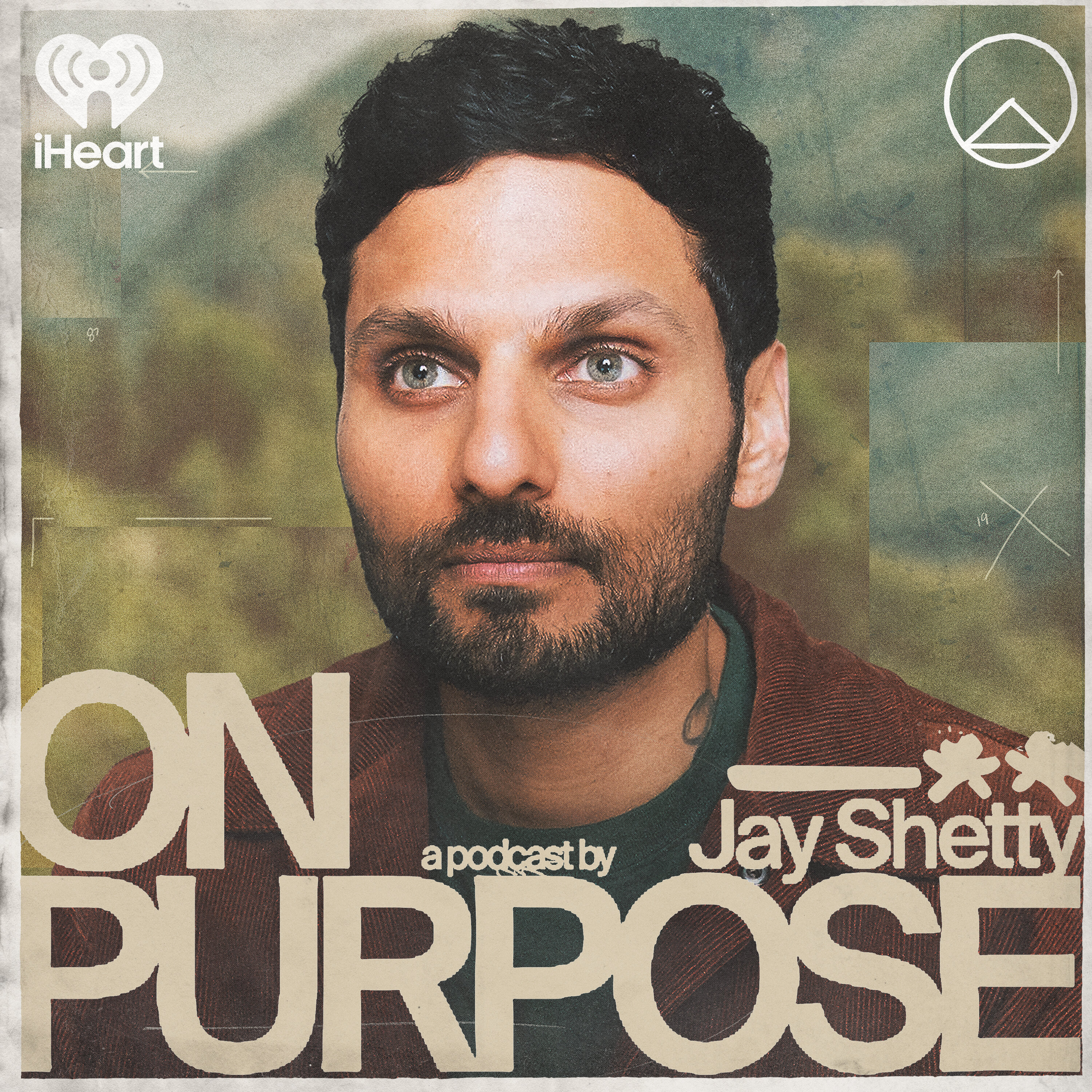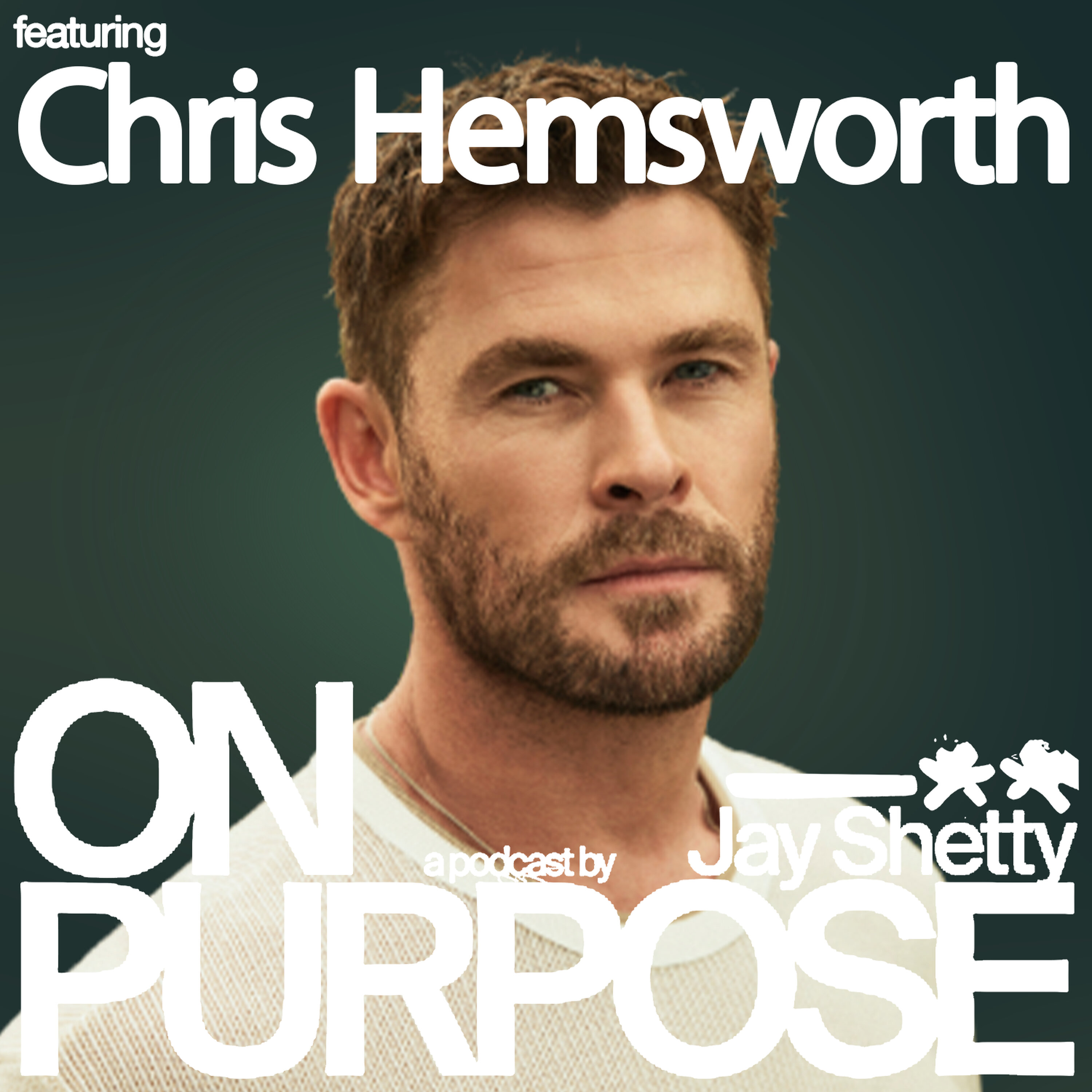Harvard Psychologist Matthew Nock: 20% of People Experience Suicidal Thoughts! (Spot the Signs and Ask THESE Questions That Could Save a Life)
Trigger Warning: Suicide & Self-Harm
If you or someone you know is in crisis, please call or text 988 (U.S.) or contact your local emergency services.
Have you been feeling down lately?
What’s been weighing on you the most?
Today, Jay sits down with Dr. Matthew Nock, Harvard psychologist and one of the world’s foremost experts on suicide prevention, to unpack one of the most urgent and misunderstood issues of our time. Together, they dismantle common myths about suicide, revealing that it’s rarely about wanting life to end, but more often about escaping overwhelming pain. Drawing on decades of groundbreaking research, Matthew explains how suicidal thoughts take shape, why they don’t always lead to action, and how depression, anxiety, impulsivity, and social disconnection can shape someone’s experience.
Jay and Matthew also look at how culture, gender, and age shape risk, uncovering why men are more likely to die by suicide, why adolescence is such a vulnerable stage, and how isolation later in life can intensify struggle. They examine the double edge of technology and AI, from the dangers of online bullying to the hopeful potential tools that can predict when someone may be most at risk. The conversation underscores the lifesaving power of open dialogue, especially between parents and children, while dispelling the myth that asking about suicide will put the idea in someone’s mind.
In this interview, you'll learn:
How to Talk About Suicide Without Fear
How to Support a Friend in Crisis
How to Spot Risk Factors in Adolescents
How to Create a Safety Plan at Home
How to Use Technology Safely for Mental Health
How to Break the Stigma Around Suicide
How to Strengthen Hope and Connection
You are not alone, and your presence in this world carries more value than you may realize. Hold on to hope, and know that even in the darkest moments, there are pathways toward light, growth, and renewal.
With Love and Gratitude,
Jay Shetty
What We Discuss:
00:00 Intro
03:13 Why Mental Health Conversations Are Limited
04:24 Suicide Awareness Saves Lives!
05:09 Debunking the Biggest Myths About Suicide
06:02 What the Data Really Reveals About Suicide Rates
08:40 Understanding the Stages of Suicidal Thoughts
12:06 Who Is Most at Risk for Suicide?
16:55 How Men and Women Differ in Suicide Risk
18:30 Why Adolescence Brings Higher Risk
20:02 Should We Teach Suicide Awareness in Schools?
22:19 The Promise and Perils of AI in Mental Health
26:06 Why Good Intentions Aren’t Enough
27:36 Bullying Is Still a Serious Risk
30:03 Why Parents Should Talk About Suicide with Their Children
33:57 What If Kids Don’t Want to Talk About It?
36:40 What Steps Should You Take Next?
38:52 Why Men Are More Likely to Die by Suicide
42:06 Why Science Must Guide Suicide Prevention
44:02 New Mothers Experience With Suicidal Thoughts
46:01 Most Effective Therapies For Suicide Prevention
47:53 Do Suicide Survivors Regret Their Attempts?
49:23 How Mental Disorders Increase Risk
50:07 Can We Predict When Someone Will Act on a Suicidal Thought?
52:39 Predicting Who’s at Risk And When
54:00 The Shame Around Suicidal Thoughts
55:41 Careers Linked to Higher Suicide Risk
57:50 Losing a Close Friend to Suicide
59:41 How Do You Begin to Heal After a Loss?
01:01:29 The Impact of Losing Someone to Suicide
01:02:55 You Are Never a Burden
01:04:30 How to Use Social Media Safely and Responsibly
01:06:05 Suicide Is Rarely Sudden, It Builds Over Time
01:07:48 The Future of Suicide Prevention
Episode Resources:
Matthew Nock | X
See omnystudio.com/listener for privacy information.
Press play and read along
Transcript
Transcript is processing—check back soon.



